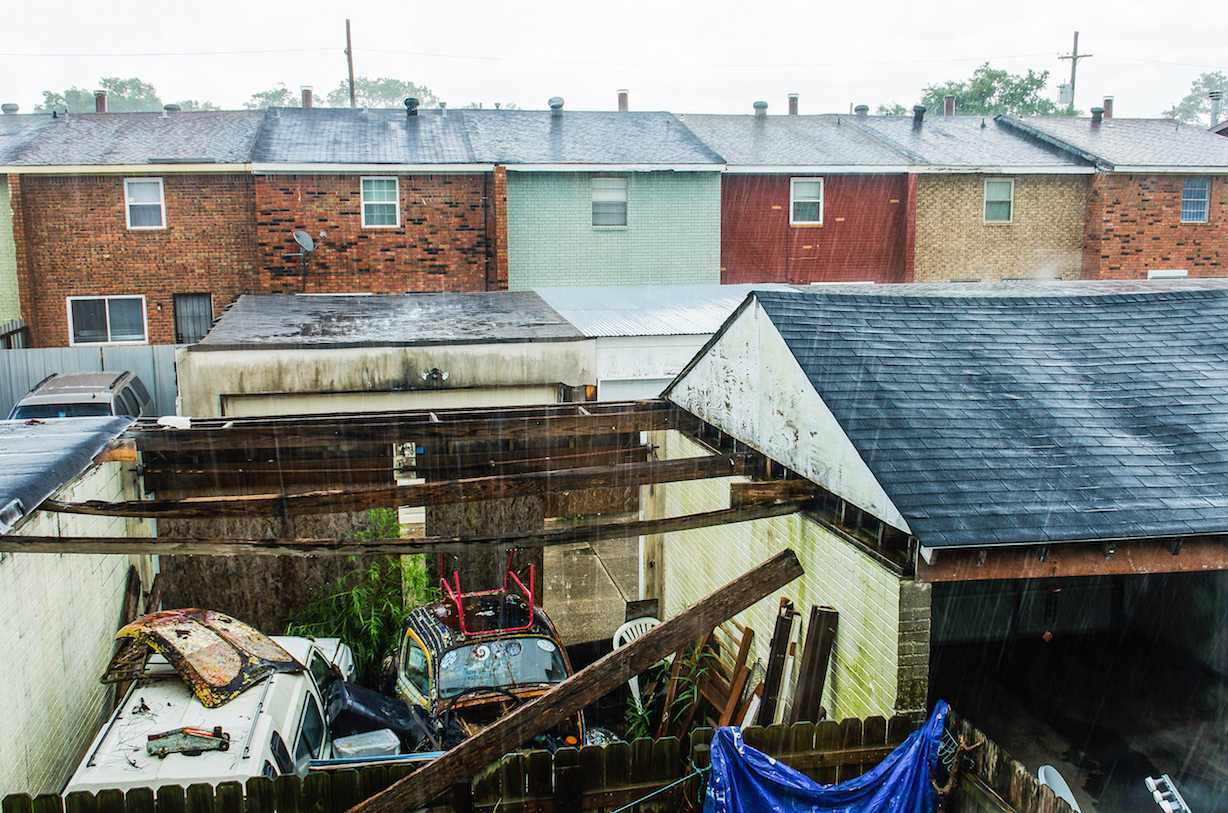An Interesting Research Dig Into Community Resilience on the Gulf Coast
/new orleans, 2015. photo: Andriy Blokhin/shuttestock
Resilience, an increasingly popular topic in philanthropy, can feel nebulous. Probably because the factors involved—the many shocks and stresses impacting a community, especially related to climate change—are all over the place.
The field encompasses water infrastructure, food security, housing, environmental health and healthcare, as well as social and cultural networks and traditions. We also don’t have a complete picture of all the factors that make a community resilient, and how they fit together.
If there’s one area that’s tragically primed for research on the topic, it’s the Gulf Coast region, which has endured hurricanes, drought, flooding, chronic poverty, and, of course, the largest oil spill in U.S. waters. With $10.8 million from the Robert Wood Johnson Foundation and the National Academies of Sciences, Engineering, and Medicine, four research teams will study the factors that allow the area’s population to withstand such adverse natural and human-caused impacts, and what can make such communities even stronger.
The initiative is a unique merging of funds for such work—or any work, for that matter. RWJF is one of the country’s largest health funders, while NAS Gulf Research Program is a 30-year initiative fueled by $500 million of Deepwater Horizon settlement money from BP and Transocean. The two grantmakers roughly split funding for an RFP to back resilience science and practice in the Gulf of Mexico region, open to Alabama, Florida, Louisiana, Mississippi and Texas.
Each winner, selected in an external peer-review process, will receive between $2 million and just over $3 million, quite a hefty sum for research grants. But the backers wanted it to be more than just a study.
“Many communities under stress perceive that academics helicopter into their lives, study their woes, write an academic paper and then depart. That’s not what we intend with this initiative,” according to an RWJF blog post announcing the opportunity back in 2016.
Instead, applicants needed to present journal-worthy research combined with community engagement and actionable information that could be put to use in these communities and beyond, right away.
Three of the winners will work in Louisiana and one in Alabama, and the winning teams come from a wide range of disciplines, including design, medicine, and policy, with extensive partnerships lined up behind them.
One study to be led by Jeff Carney of LSU takes a look at the geographic reach related to environmental stresses. His team’s project will turn to the Baton Rouge inland-coastal region to understand what happens just beyond areas of immediate coastal threats, including inland migration, flooding and effects on rivers.
Another study by Denise Lewis of the University of Georgia will work with Cambodian and Laotian families in Alabama to see how communities use networks and services to respond to environmental impacts. A third examines how housing policy impacts a community’s resilience, led by the Urban Institute’s Carlos Martin, the only lead grantee from the NGO world.
A final project led by Benjamin Springgate of LSU Health Sciences Center aims to improve resilience in six vulnerable southern Louisiana communities. This grantee has the largest network behind it with more than a dozen affiliated groups, from churches to government agencies.
The program is an obvious extension for the NAS Gulf Research Program, which has now funded six rounds of grants since 2015 along similar lines. But the $5 million in support from RWJF is a twist, and one that allows the program to reach further, making larger grants than in previous years.
The foundation has taken an interest in the Gulf Coast region—New Orleans won RWJF’s “Culture of Health” prize in 2013 for its progress post-Katrina. And even though we often associate resilience with city or environment funders, it aligns with Johnson’s healthy communities focus area, which includes work on the built environment and health.
Resilience is one of those cross-cutting topics that involve a health funder backing housing policy and river health. That’s part of why it makes for such compelling, if sometimes head-scratching, philanthropy. For example, Rockefeller’s resilience officers, which it’s placed in cities across the country, work on everything from earthquakes to education.
Such interdisciplinary work offers a lot of potential for an outside actor such as a foundation, which can pull together the different threads with the incentive of funding. Resilience funding is also often going toward areas that might otherwise be publicly funded, at a higher level than a municipality might be able to take on, although one that it might absorb at some point.
While some cities like New York have embraced resilience in the aftermath of Hurricane Sandy, channeling federal relief and city funds to the cause, it’s not something that necessarily has an existing line item in most strained city budgets.
If teams like these four from several disciplines can bring more clarity to these complex issues, that could translate to concrete tactics for governments and other community institutions to implement as a new standard.
Related:







































